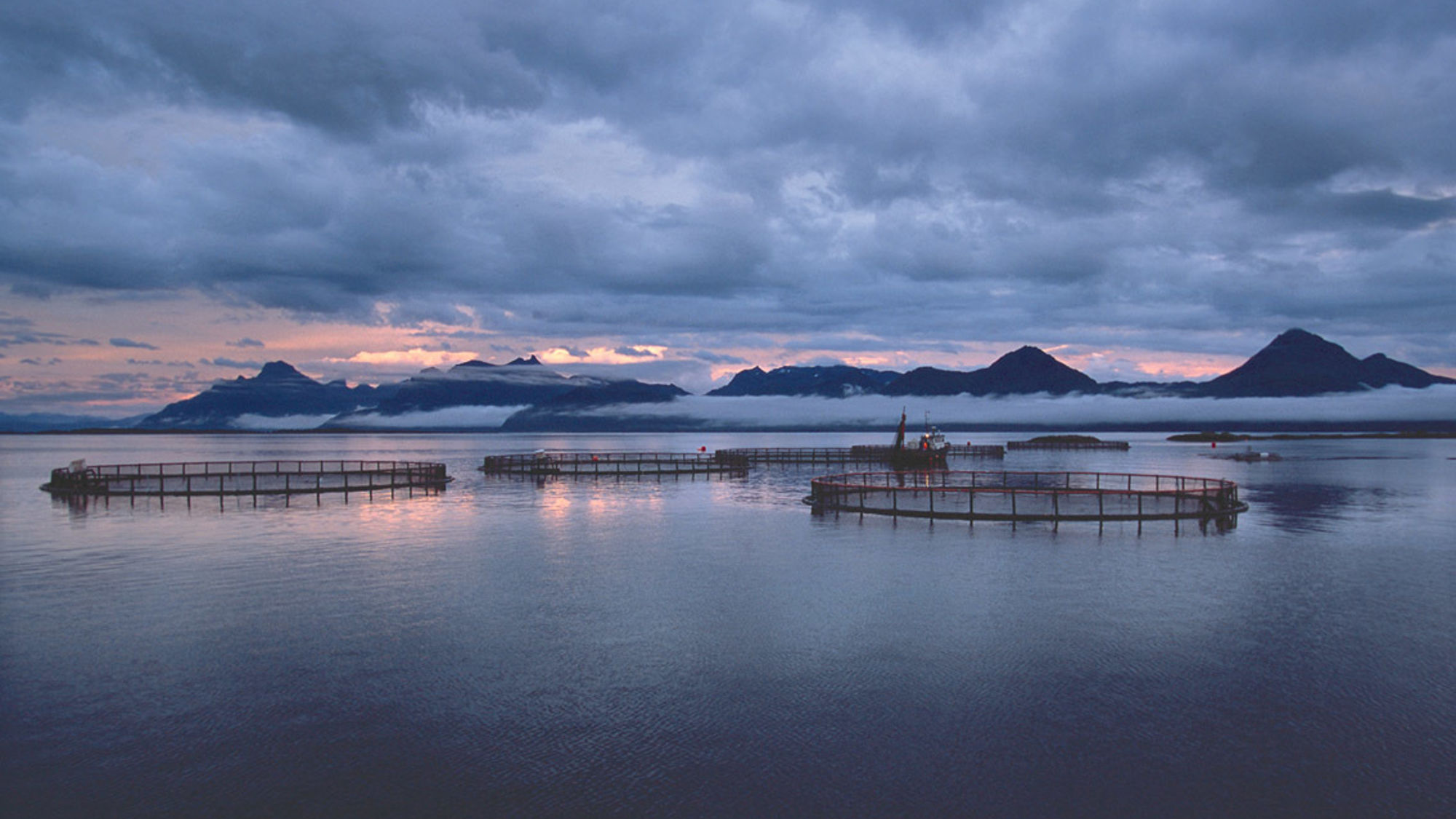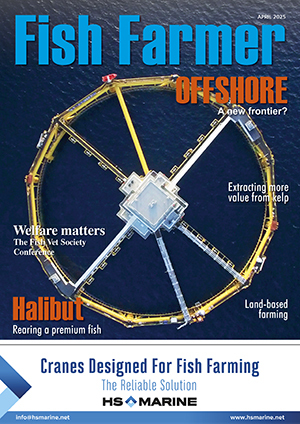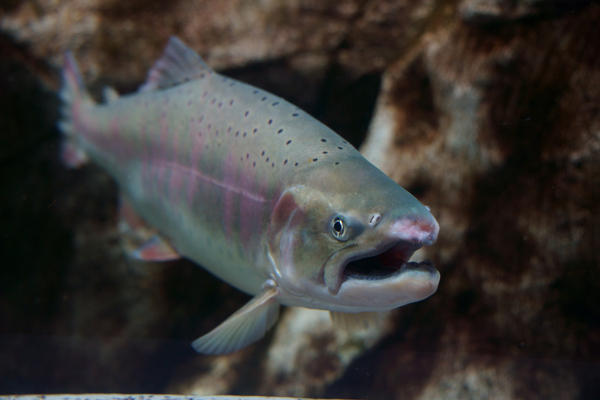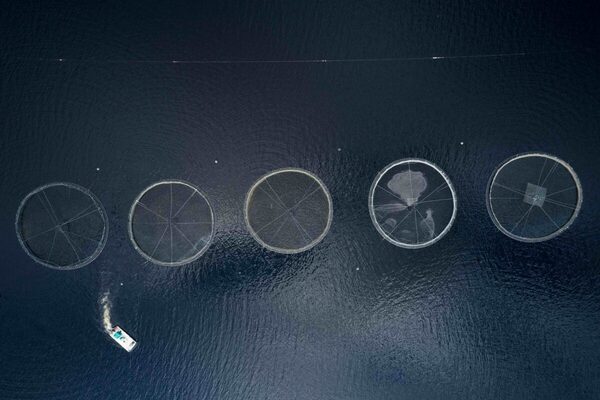ISA suspected at Cermaq salmon farm
What is thought to be the first suspected case of Infectious Salmon Anaemia (ISA) in Norway for some months was reported yesterday.

The discovery is at a Cermaq facility in Alta municipality in Finnmark county. The company notified the Norwegian Food Safety Authority of its suspicions on Tuesday. It said the findings were consistent with ISA and were based on positive analysis results (PCR) after sampling fish at the location.
The Authority added: “Everyone who travels in the area and engages in activities related to fish farming must exercise the necessary care to avoid the spread of any disease.
“The Norwegian Food Safety Authority is planning an inspection of the facility soon to take follow-up samples that will be sent to the Veterinary Institute for possible confirmation.
To limit the spread of infection, restrictions have been imposed on the location, including a ban on moving fish without special permission.
If the suspicion is confirmed, the Food Safety Authority may order the evacuation of the premises, or possibly parts of the premises and a restriction zone will shortly be established to prevent, limit and combat ISA.
A restriction zone consists of a protection zone and a surveillance zone and entails restrictions on, among other things, traffic in the sea area around the site.
The ISA virus first establishes itself in the cell layer covering the surface of the fish, i.e. the mucous membranes of the gills and skin, and then establishes an infection in the cell layer covering the inside of the blood vessels and the heart.
ISA is harmless to humans, but an outbreak can become very expensive for companies if stock has to be destroyed before maturity.
The symptoms can vary but in some cases the only apparent signs are anaemia and general circulatory problems, such as oedema and fluid accumulation in the abdomen, while other times dark livers, swollen kidneys or spleen, or accumulation of blood in the intestines are found.




